Jul 3, 2025
GHF Is a Militarised Solution Being Used for a Humanitarian Crisis: Analysis
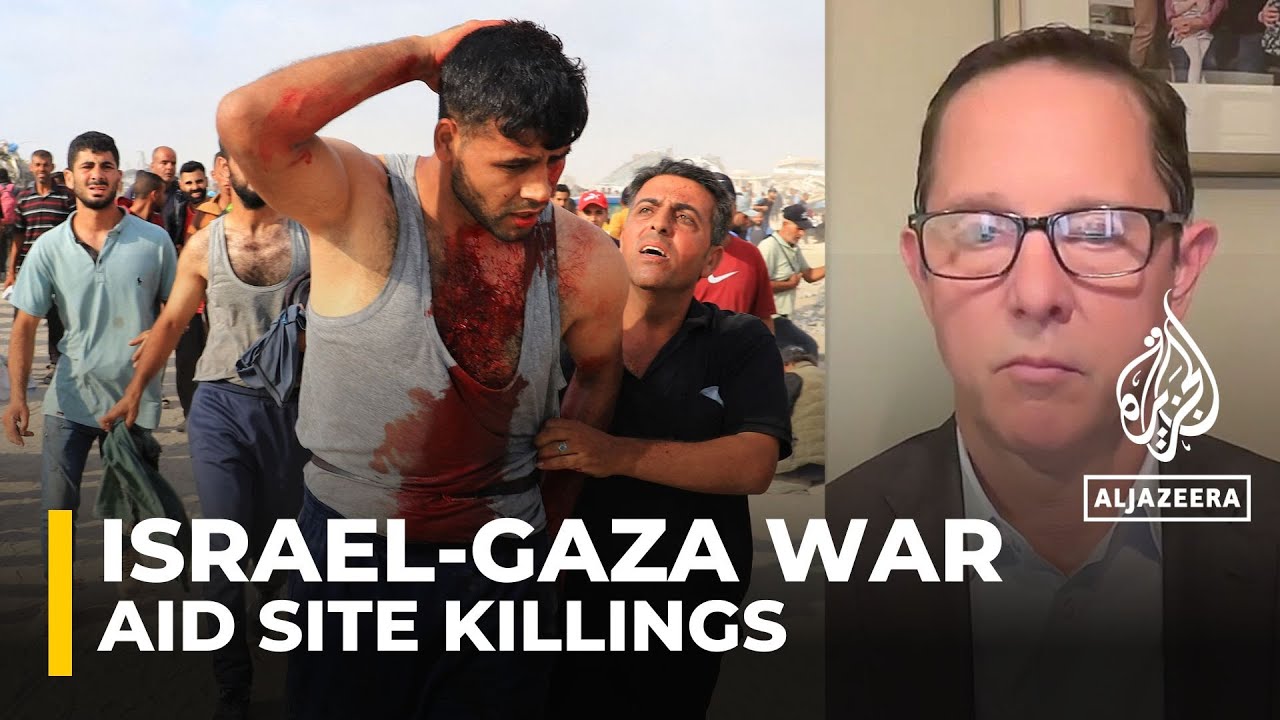
The ongoing humanitarian crisis in Gaza has taken a devastating turn with the introduction of the Gaza Humanitarian Foundation (GHF) food distribution centers. Created as a response to the urgent need for aid, these centers have instead become sites of tragedy and controversy. Since the GHF began operating five weeks ago, more than 640 Palestinians have lost their lives, including 29 individuals killed at these very sites while seeking food. This article delves into the critical issues surrounding the GHF, exploring why it has become a militarised solution in a dire humanitarian context and what this means for the people of Gaza.
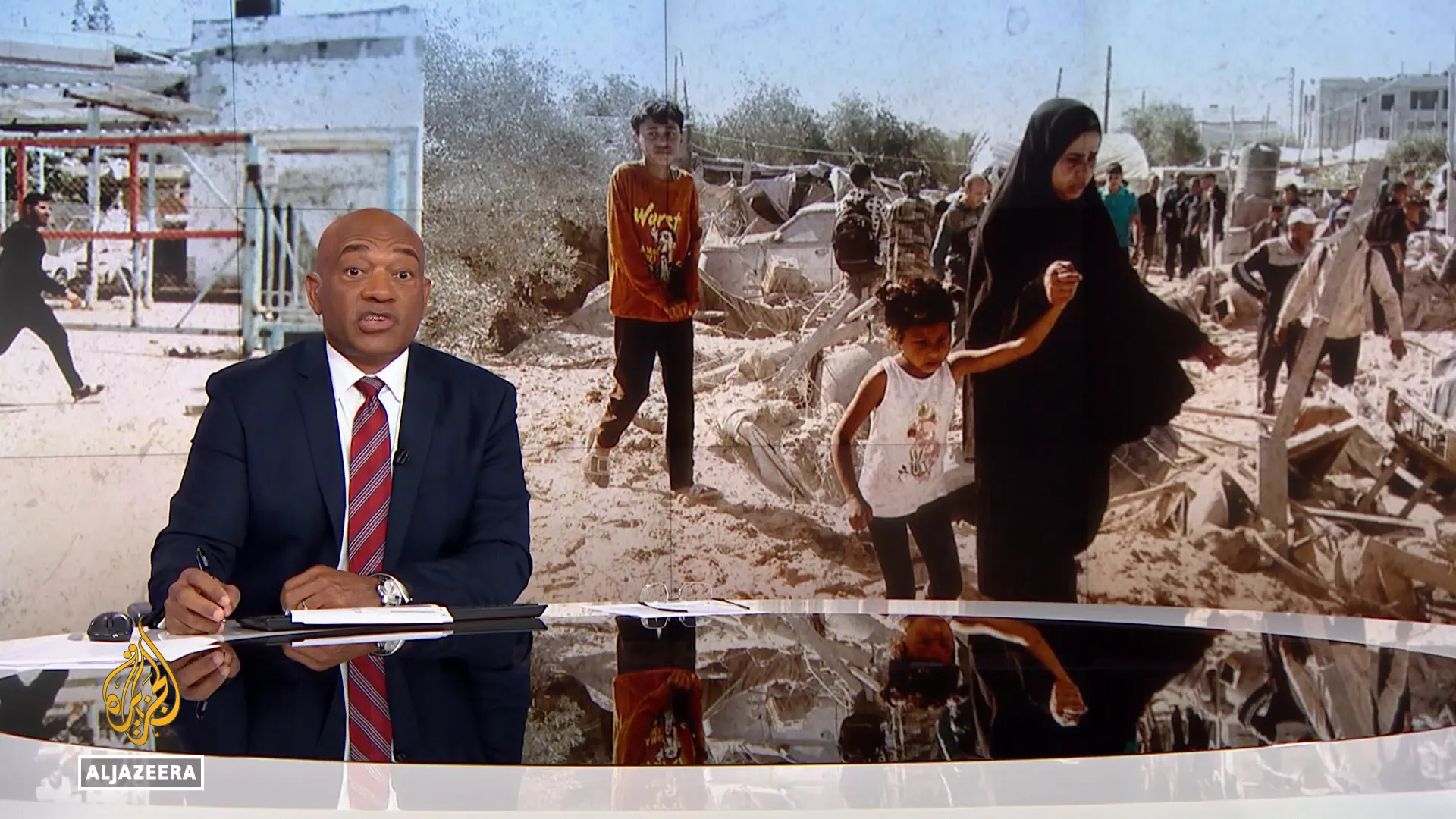
Table of Contents
- The Rise of the Gaza Humanitarian Foundation and Growing Concerns
- UN’s Position on Humanitarian Aid Distribution
- Militarization of Aid: An Ineffective and Dangerous Approach
- Forced Displacement Under the Guise of Aid Distribution
- The Limitations and Risks of the GHF Model
- What Lies Ahead: The Future of Humanitarian Aid in Gaza
- Frequently Asked Questions (FAQ)
- Conclusion
The Rise of the Gaza Humanitarian Foundation and Growing Concerns
The GHF was established as a new mechanism for distributing aid in Gaza during a time of extreme need. However, its operational model has sparked widespread condemnation. Over 200 nongovernmental organizations (NGOs) have issued a joint statement calling for the disbandment of the GHF. They highlight a troubling shift from more than 400 aid distribution points operating during temporary ceasefires to just four heavily militarized zones where Palestinians face daily fire and mass casualties while trying to access food.
The Swiss government has gone as far as initiating proceedings to dissolve the Geneva branch of the GHF, citing legal shortcomings. The NGOs urge international actors to take action to end the siege on Gaza and to uphold the fundamental right of civilians to safely receive aid and protection. They also advocate for restoring a unified, UN-led coordination mechanism grounded firmly in international humanitarian law.
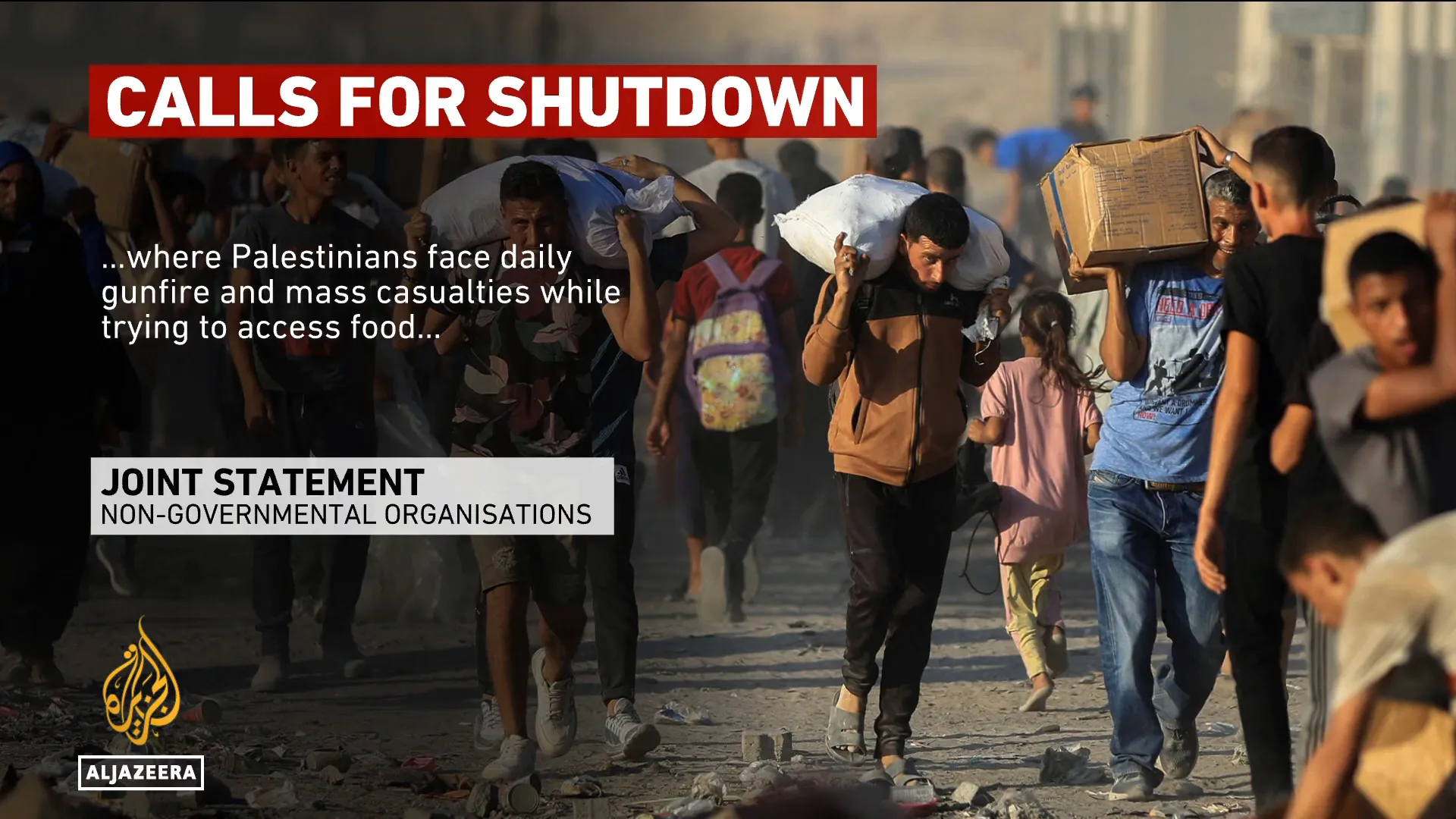
UN’s Position on Humanitarian Aid Distribution
The UN Secretary-General’s office has emphasized its willingness to collaborate with all actors to ensure aid reaches Palestinians. They clarify that the UN does not claim a monopoly over humanitarian aid distribution in Gaza and that there is enough work for all organizations willing to meet globally accepted minimum standards. These include impartiality, independence, and operating in ways that do not put recipients or aid workers at risk of violence.
“We are willing to work with anyone, and we have worked with many different partners. All that we're asking is for them to meet a minimum standard,” a UN representative stated.
Militarization of Aid: An Ineffective and Dangerous Approach
Hardin Lang, Vice President for Programs and Policy at Refugees International, provides critical insight into why the GHF’s approach is deeply flawed. He describes the situation in Gaza as a “man-made, mass starvation situation” and points out that the militarized solution currently in place is ill-suited to address this crisis. Lang stresses that the model on the ground is incapable of reversing famine or adequately responding to the needs of the population.
According to Lang, the justification given by Israeli and American officials for this militarized approach is to prevent aid diversion to Hamas. However, no evidence has been presented to substantiate these claims. Humanitarian organizations remain ready to collaborate with all parties to identify and fix any genuine problems that might exist.
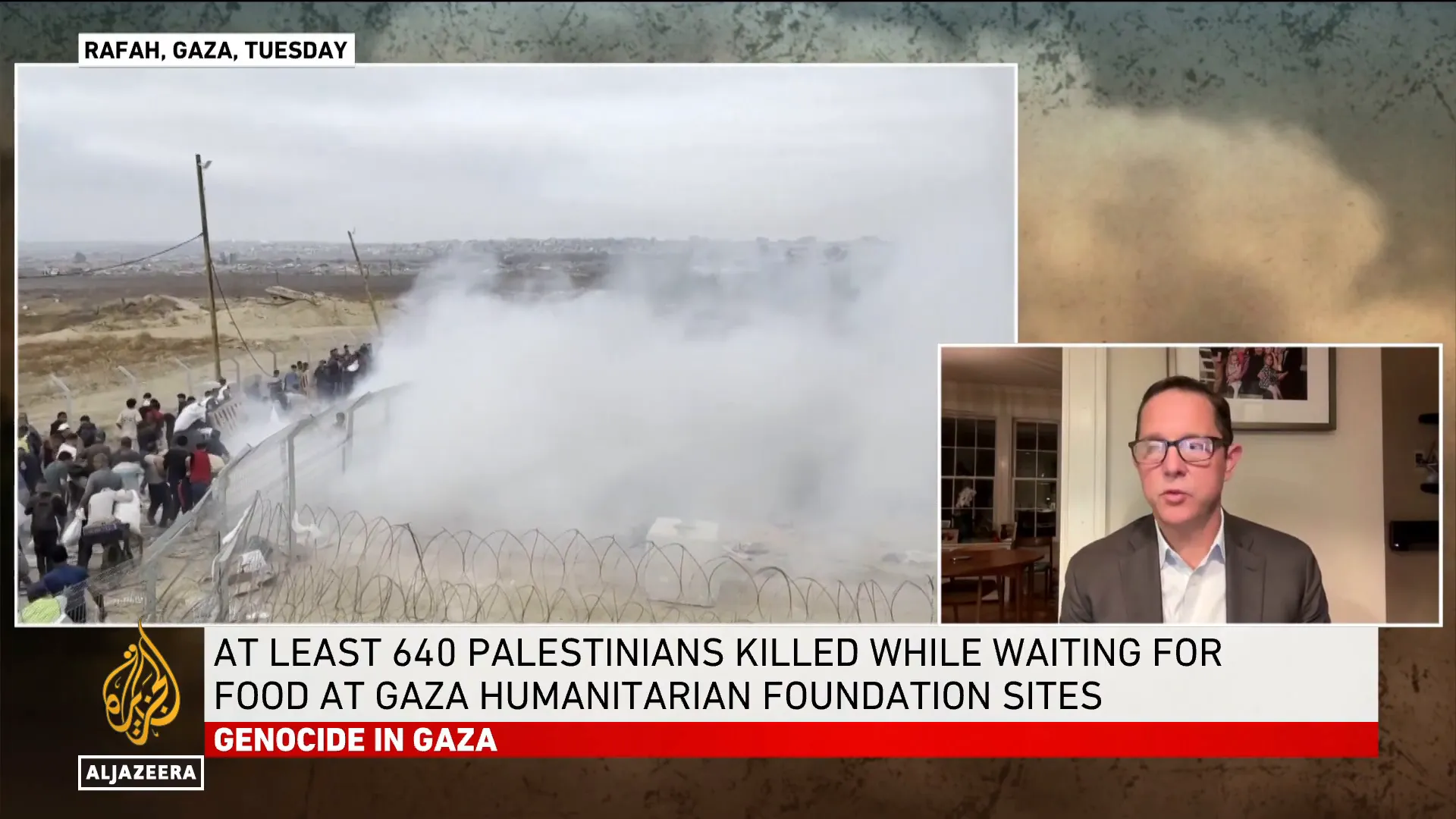
Forced Displacement Under the Guise of Aid Distribution
The GHF hubs have replaced over 400 existing UN and NGO distribution points across Gaza. This consolidation forces Palestinians to travel long distances to access aid. Critics argue that this effectively enables the Israeli military to forcibly displace Palestinians under the pretext of accessing food, a practice that violates international law.
Lang elaborates, “If your goal was to prevent famine or to feed a population or provide humanitarian assistance at any basic level, you would be using the model of having these 400 distribution sites, which has proven during ceasefires able to avert the worst in Gaza.”
By creating just three to four distribution sites where the military objective is to push the population towards these zones, it appears the GHF is being used to further military objectives rather than purely humanitarian ones. Any device that leads to enforced displacement is a violation of international law.

The Limitations and Risks of the GHF Model
The GHF’s model remains untested under operational conditions, raising serious doubts about its capacity to scale up in time to prevent famine. Lang warns that a business model requiring the use of force against the population, resulting in the killing of hundreds, is fundamentally unfit for purpose.
Even if the hubs operated at full capacity, the food aid they provide is only one part of a much larger humanitarian puzzle. Gaza faces critical issues in shelter, healthcare, and acute malnutrition, especially among children. These require specialized medical interventions that the GHF is not equipped to deliver.
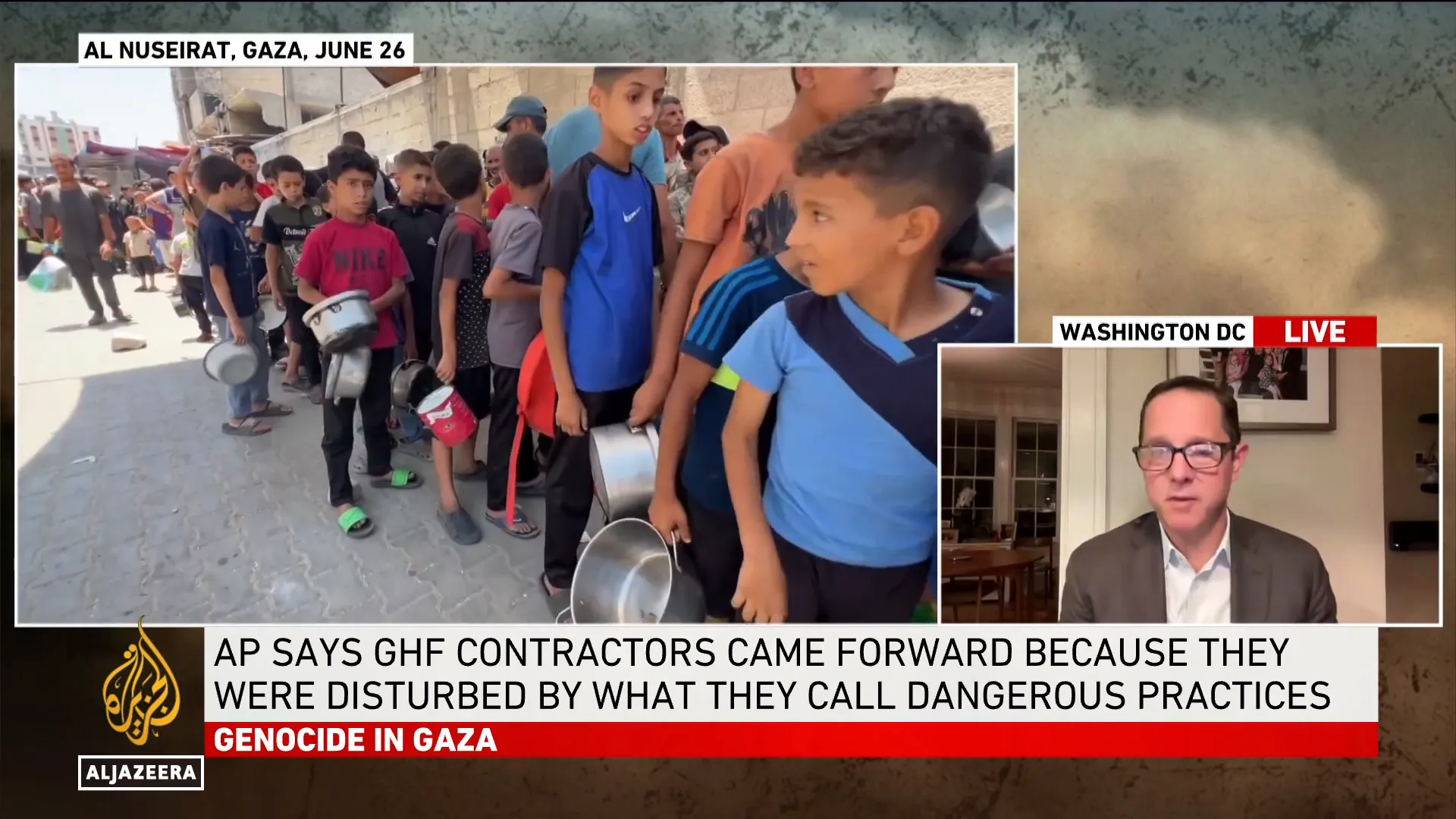
What Lies Ahead: The Future of Humanitarian Aid in Gaza
With over 600 Palestinians killed at GHF food sites and widespread calls for their closure, the future of humanitarian aid in Gaza remains uncertain. Lang highlights that even if a ceasefire is reached, relying solely on the GHF system will not lead to significant improvements.
He stresses the urgent need to allow the UN and other aid agencies back into Gaza to restore their programs. The GHF centers could potentially continue operating if they cease causing harm, but their current model falls far short of what is necessary to avert the worst outcomes for Gaza’s population.
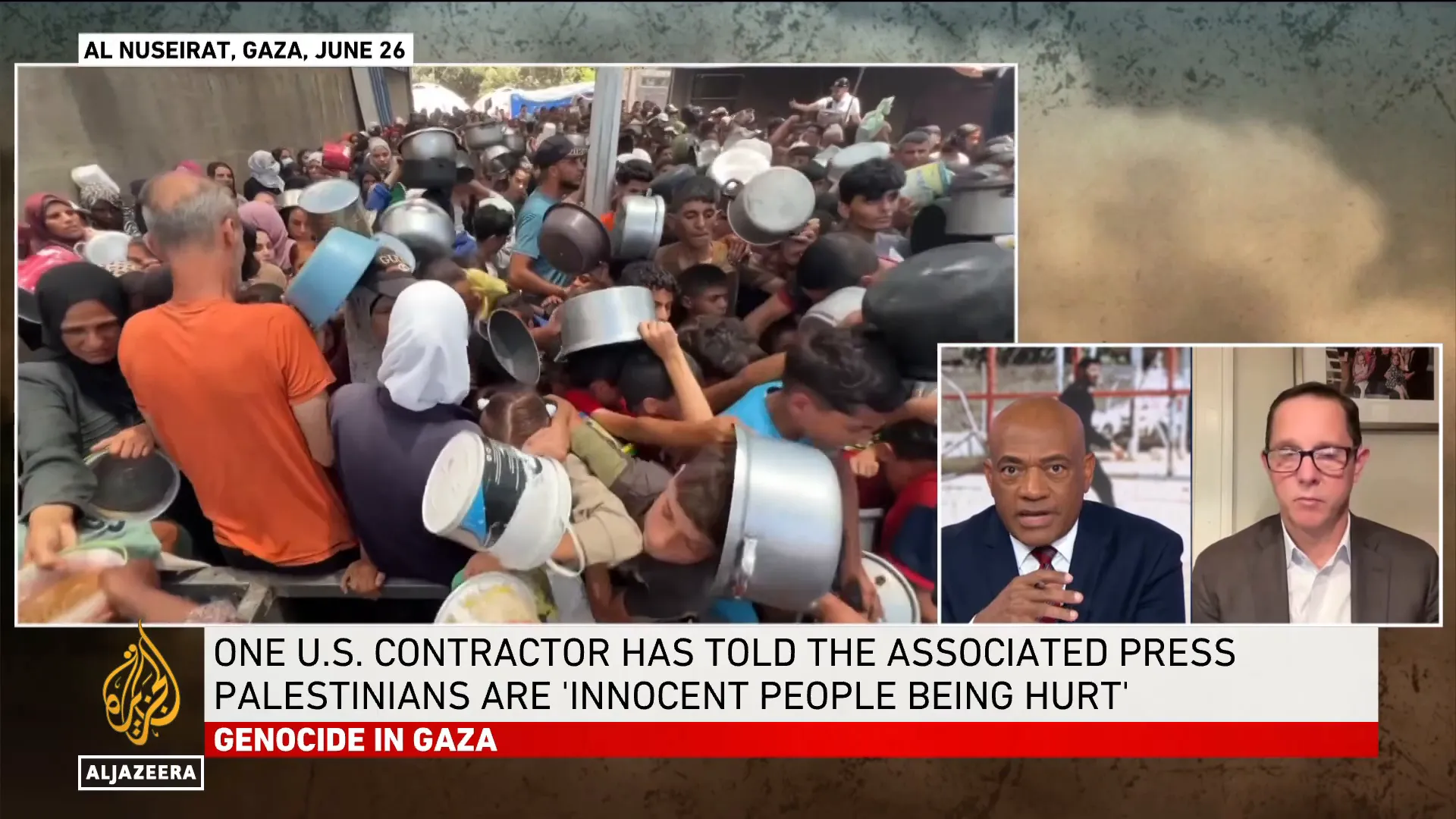
Frequently Asked Questions (FAQ)
What is the Gaza Humanitarian Foundation (GHF)?
The GHF is a newly established organization tasked with distributing food aid in Gaza. It has replaced over 400 traditional aid distribution points with just a few centralized, militarized hubs.
Why are the GHF centers controversial?
The centers have been criticized for being militarized zones where Palestinians face daily fire and mass casualties while seeking food. More than 640 Palestinians have been killed since the GHF began operating, raising serious concerns about the safety and effectiveness of this model.
What are the legal concerns surrounding the GHF?
The GHF appears to facilitate forced displacement of Palestinians by forcing them to travel long distances to centralized hubs, which is illegal under international law. The Swiss government is even pursuing the dissolution of the Geneva branch of the GHF due to legal shortcomings.
How does the UN view the humanitarian aid situation in Gaza?
The UN emphasizes the importance of adhering to internationally accepted humanitarian standards such as impartiality and independence. They express willingness to work with all partners to ensure aid reaches those in need safely and effectively.
What needs to happen to improve the humanitarian crisis in Gaza?
A ceasefire must allow the UN and other aid agencies to resume their operations fully. The current militarized approach of the GHF is insufficient and dangerous, and a return to a unified, coordinated, and law-abiding humanitarian effort is essential.
Conclusion
The humanitarian crisis in Gaza demands solutions that prioritize human lives and dignity above all. The Gaza Humanitarian Foundation’s militarized approach has unfortunately proven to be a deadly and ineffective response. As calls grow louder from NGOs, governments, and experts like Hardin Lang, it is clear that only a coordinated, internationally accepted, and legally sound humanitarian effort can begin to address the immense needs of Gaza’s population. Moving forward, restoring UN-led aid programs and ensuring safe, accessible distribution points is crucial to preventing further loss of life and alleviating suffering.